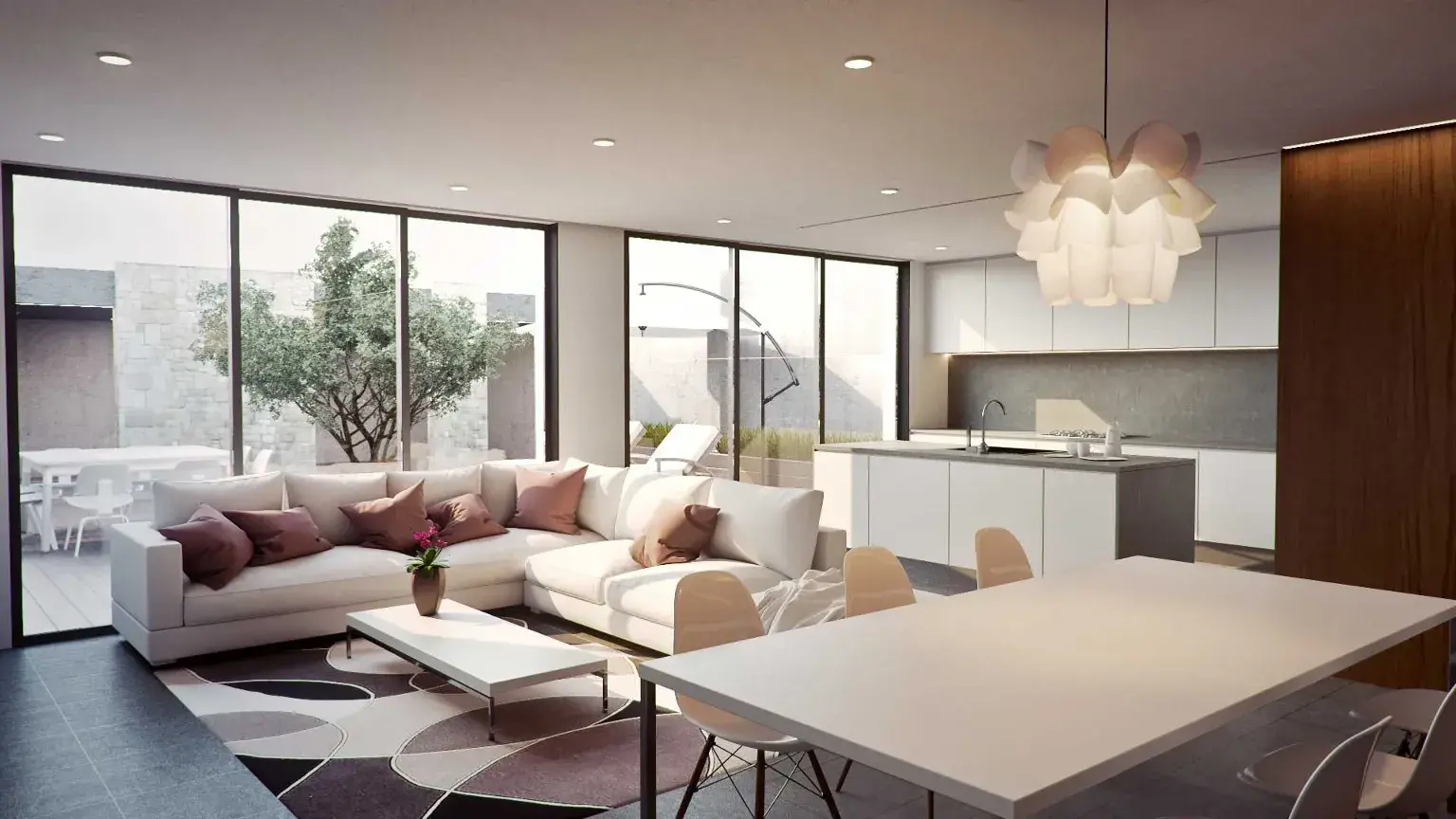Alligatoring, a makeup disfigurement characterized by the conformation of deep cracks that act the scales of an alligator, is a common issue faced by homeowners and marketable property possessors likewise. This aesthetic problem not only mars the appearance of the painted face but also hints at underpinning structural issues.
Shy Surface Preparation One of the primary causes of alligatoring is inadequate face medication before oil. When old makeup isn’t duly removed, or when the face isn’t adequately gutted and primed, the new makeup may not cleave duly, leading to cracks.
Incompatible Paint Layers Applying a new fleece of makeup over an being subcaste that isn’t compatible can affect in chemical responses between the layers. These responses can beget the makeup to lose pliantness, leading to the conformation of cracks.
Extreme Weather Conditions Rapid and extreme temperature oscillations, especially in regions with harsh climates, can beget the makeup to expand and contract. This constant movement weakens the makeup film, causing it to crack over time.
Aging of Paint Over time, makeup naturally undergoes aging, getting brittle and less flexible. As it loses its pliantness, it becomes prone to cracking and alligatoring.
Pitfalls Associated with Alligatoring
Structural Damage Alligatoring allows humidity to access the beginning structure, potentially leading to spoilage, decay, and other structural damages.
Dropped Energy Efficiency The cracks in the makeup allow drafts to enter the structure, reducing energy effectiveness and adding heating and cooling costs.
Aesthetic enterprises Alligatoring significantly diminishes the visual appeal of any structure, whether domestic or marketable, affecting its overall check appeal and potentially lowering its request value.
Professional ways to Fix Alligatoring
Surface Preparation The first step in fixing alligatoring is proper face medication. This involves removing the old, cracked makeup entirely, grinding the face to produce a smooth base, and applying a high- quality manual.
Use of Compatible Paint Choosing a high- quality, compatible makeup is essential. Consulting with a professional painter or makeup supplier can help in opting the right type of makeup suitable for the specific face and rainfall conditions.
Thin, Indeed Coats Applying multiple thin fleeces of makeup is more effective than a single thick fleece. Thin fleeces dry more unevenly and allow the makeup to flex with the face, reducing the threat of cracking.
Temperature and moisture Control oil during optimal rainfall conditions, generally in moderate temperatures and moderate moisture, ensures that the makeup dries unevenly and forms a strong, flexible film.
Professional Expertise For expansive alligatoring or when the issue persists despite DIY attempts, it’s judicious to seek professional help. Endured painters have the moxie to assess the situation directly and apply the necessary remedies effectively.
In conclusion, understanding the causes, pitfalls, and remedies associated with alligatoring is pivotal for property possessors. By addressing the underpinning causes, choosing compatible and high- quality makeup, and employing proper oil ways, property possessors can restore the appearance of their structures and enhance their protection against the rudiments. Regular conservation and timely repairs not only save the beauty of the property but also contribute to its long- term continuity and value.


